SUMMARY
This is AI generated summarization, which may have errors. For context, always refer to the full article.
![[ANALYSIS] Risking Dumaguete’s image in the name of smart cities](https://www.rappler.com/tachyon/2021/08/tl-dumaguete-sq.jpg)
New malls, new condominiums, a docking port for a planned yacht club, new business hubs and hospitals – these are envisioned in the controversial Smart City project of Dumaguete, which will stand on reclaimed land. This is pitched to be economically enticing, yet strong local voices are pushing back, voicing out how the project is problematic: it threatens marine biodiversity, lacks transparency and genuine public inclusion, and poses risks to the rich identity of the city.
Urban structure, character
Dumaguete is a small city. Its urban center is structured by a grid and a number of open, public spaces, including Rizal Boulevard, Quezon Park, and the Burgos Promenade which, among other pathways, connects the two spaces. The center then radiates towards universities, which contribute to place identity; education is the lifeblood of Dumaguete, and entrepreneurial spaces and economic activities cater to the many students’ needs.
The waterscape is an anchor to urban life, and a vital sensory experience: as a view that stretches, it becomes the vista from many streets; it provides a breathing space, a place for respite during the afternoon; and it encourages the celebratory atmosphere and sense of belongingness that come with the nightly, lively tempurahan.
People identify with the “unhurried” character of the place. Dumaguete is perceived to be welcoming, peaceful, relaxing, and laid-back, where “everything is five minutes away” (sans now increasing vehicular traffic). It has a “fragile fabric” and a gentle yet transformative community. These are all qualities that appeal to tourists, and even captivate – or dagit (snatch) – visitors enough to make them reside in the city.
‘Smart’ city?
Can Dumaguete be manufactured into a new, reclaimed smart city?
First, it is worth noting how the concept of the “smart city” is being used. This model is associated with technology, better data, advancement, and the promise of progress – opportunities that include e-governance, interactive tourism maps, bike sharing, dynamic waste collection, and integrated platforms to coordinate emergencies or business logistics. Simply, it points to a more efficient city.
While these are appealing to many, especially investors, the model should also be approached with caution: smart cities are technocratic, infringe on democratic spaces, and feed into the neoliberal political economy, which exacerbates existing inequalities and steepens the power relations in a place. Scholars would point out that “the city is not a computer,” and that planning for it should not be “reduced” to “algorithms.” History, experience, sense, and shared meaning – all of which are strengths of Dumaguete – make a place so much more than a potential dashboard, or yet another BGC.
As of writing, Dumagueteños continue to ask what the Smart City project entails. More importantly, there is a need to reify how this project can improve intelligence in the city. Will it enable people to do digital storytelling about their culture and history? Will it empower research and revolve around the many university activities? How will it ethically improve Dumaguete’s problems with crime? How can it help protect biodiversity, or the livelihood of fisherfolk? Does the reclamation truly intend for “smarter” urbanism in the area, or is it just another brand slapped on for business growth and political interest?
Image recall, and a shared culture
Common mental images shared among people can provide representation and form the shared culture of a place. In planning a city, seminal design readings entail that residents play an active part in molding what the image and urban form of their home will be like. In tourism – a priority economic sector in Dumaguete’s development plan – image formation is a process powerful enough to create a brand, an identity, and even the destination formation in a given place.
Images that are shared by Dumagueteños invoke memories, and provide much insight into how they want the city to transform and what they value enough to be incorporated into newer developments: livability in the existing city, simplicity, picturesque views, and the upholding of education.
Here’s an example:
“We had stories from our grandparents [about] how changes have been evident in our city in terms of transportation and infrastructure. In their youth, they would either walk to school or ride a kalesa. Roads were not yet paved and buildings were few, and the only one hospital that operated sometime before the Japanese occupation, as recounted by those before us, was at Katipunan Hall in Silliman University. They recalled that one of their pastimes was to play near the seashore of Barangay Lo-oc, where many fisherfolks continue their livelihood even up to the present. Even if we could never go back to what it used to be, as a city needs to adapt to the changing times, I would still want to live in a Dumaguete that is simple, with less traffic, a place that is “walkable,” and a city with a “town vibe.””
Caridad Rodriguez, in her work on the history of Dumaguete, describes how the townscape is identified:
“The city of Dumaguete is picturesque as one views it from an approaching boat; the Rizal Boulevard follows the shoreline, and elegant houses and Silliman University buildings line the west side of the boulevard where acacia trees and palm trees tall and stately wave their branches in the breeze.”
Historian Dr. Earl Jude Cleope shares his views as to why Dumaguete’s image as a “university town” has strength in its far reach and local value:
“It’s really because if you take a look at the urban area of Dumaguete, it’s actually composed [of] or it is occupied by almost all schools. In fact…Silliman…is on 63 acres of land in the urban area…that extends up to the airport. And then all the schools are in the urban area…(which) makes the city alive…. Everything revolve[s] around the university town context.… And not only [do] they cater to people in the city or even in the province, but most of the people who are congregating here to study are also from Northern Mindanao, even as far as Davao Oriental, the whole of the Visayas, and even a sprinkling of people – you won’t believe it – but as far as Northern Luzon, Ifugao, Abra, right?…. That is why it is a university town.”
People-centered cities, cultural planning
So, how could the knowledge of urban form, image, and character be used in planning for “development” in Dumaguete?
Contemporary planning has taken a turn towards more humane, people-centered cities that place value on local strengths, neighborhoods, and urban social functions; models such as the 15-minute city and the one-minute city both promote walkability and street-level transformation, and can provide guidance for changes. Dumaguete’s small size, current urban fabric with proximate buildings, and good public spaces already give the city an advantage. Integrating these frameworks with cultural planning methods can cultivate creativity and harness the overwhelming knowledge that Dumaguete is known for, and jumpstart economic development strategies including tourism branding and placemaking.
Addressing the existing city and the community that enlivens it, not deviating from it through disconnected reclamation and tabula rasa, is crucial in moving development forward. In the first of a series of essays, professor and creative writer Ian Casocot emphasizes what it means for Dumaguete to ‘develop’: “(it)…is not always what and how our businessmen, and apparently also our politicians, understand it…. For most of the locals, however, growth and development means a measured step forward with all good things considered, always with due diligence and not just a matter of money or political force. And above all, it means not changing the fragile fabric that makes Dumaguete ‘Dumaguete.’”
The many voices protesting the smart city project should not be neglected; what is at risk is the very character, image, and identity of the city. – Rappler.com
Ragene Palma is an urbanist and researcher, and studied MA International Planning and Sustainable Development at the University of Westminster.
Reicha Piñero resides in Dumaguete City. She co-authored a thesis entitled “Resident Perceptions on the Images of Dumaguete City” for her BS Tourism degree at the University of the Philippines Diliman.
Voices features opinions from readers of all backgrounds, persuasions, and ages; analyses from advocacy leaders and subject matter experts; and reflections and editorials from Rappler staff.
You may submit pieces for review to opinion@rappler.com.
Add a comment
How does this make you feel?
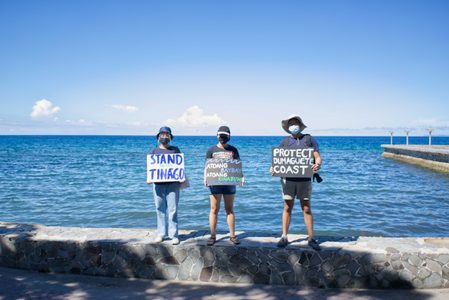
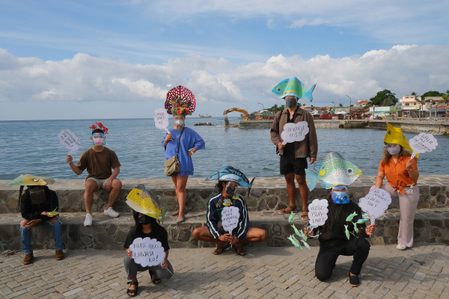
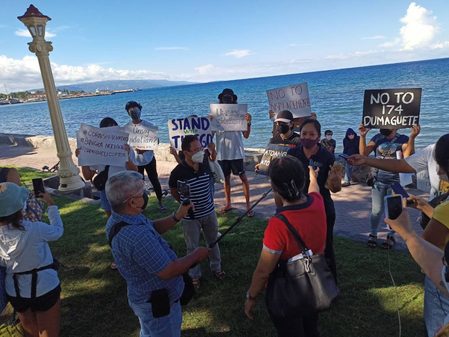
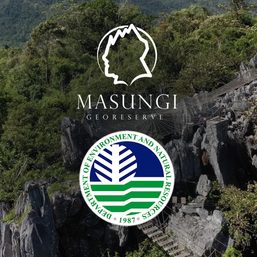

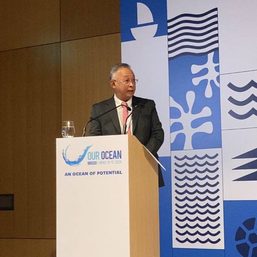
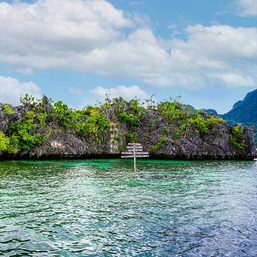
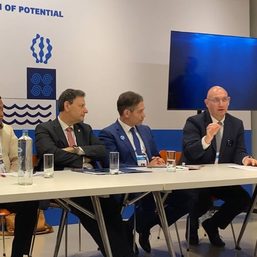
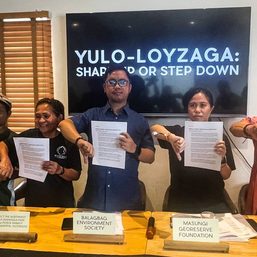
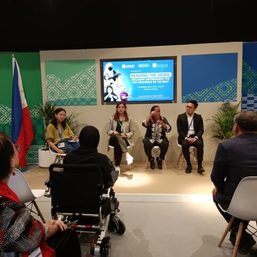
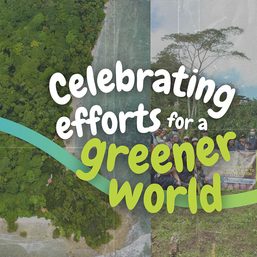
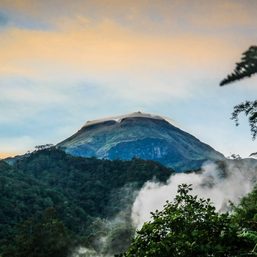
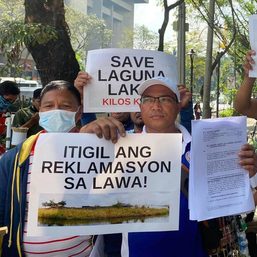
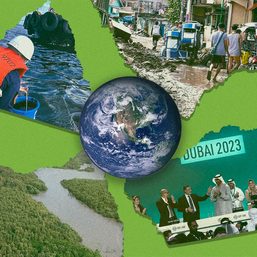
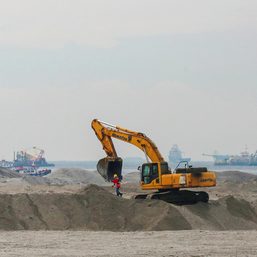
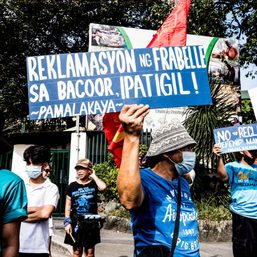
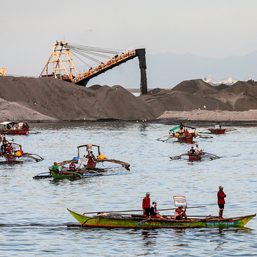
There are no comments yet. Add your comment to start the conversation.